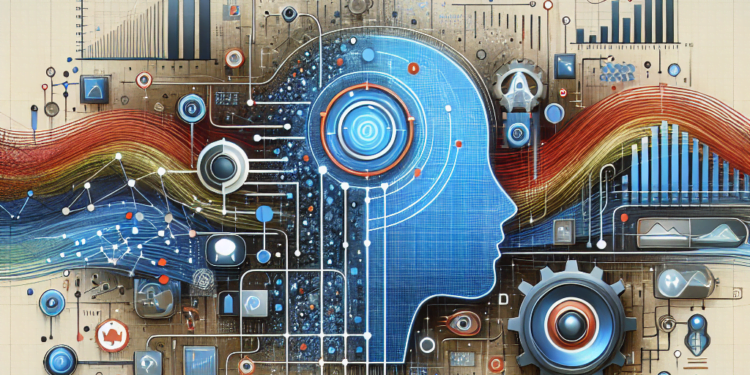With the rise of artificial intelligence (AI) permeating various areas of the industry and research, understanding its terminology has become a priority for both professionals and enthusiasts alike. This article will break down both fundamental and cutting-edge terms in the context of artificial intelligence, thereby facilitating a better comprehension of this disruptive technology.
Artificial Intelligence (AI)
Artificial Intelligence is a multidisciplinary field that seeks to create systems capable of performing tasks that require human intelligence. These tasks include learning, reasoning, understanding natural language, and perception.
Machine Learning (ML)
A subset of AI, Machine Learning focuses on the development of algorithms that can learn from and make predictions about data by constructing models from sample inputs.
Artificial Neural Networks (ANN)
Artificial Neural Networks are systems inspired by biological neural networks and are used to estimate or approximate functions that can depend on a large number of inputs and are usually unknown.
Deep Learning (DL)
Deep Learning is a set of machine learning techniques that models high-level abstractions in data using architectures composed of multiple layers of nonlinear transformations.
Natural Language Processing (NLP)
Natural Language Processing is the ability of a computer program to understand human language and is used in applications such as machine translation, voice recognition, and text generation.
Computer Vision
Computer Vision is a branch of AI that trains computers to interpret and understand the visual world by utilizing digital images from cameras and videos and deep learning techniques.
Expert System
An Expert System is a computer program that simulates the decision-making ability of a human expert. These systems are based on a set of rules that analyze information and allow deriving conclusions.
Robotics
Robotics combines elements of mechanical engineering, electronics, and computer science to design machines that can perform various tasks. When combined with AI, robots can carry out more complex and autonomous tasks.
Reinforcement Learning (RL)
Reinforcement Learning is an area of machine learning where an agent learns to make decisions, selecting actions that maximize some kind of cumulative reward in a specific environment.
Artificial General Intelligence (AGI)
Artificial General Intelligence refers to the capability of a machine to understand, learn, and apply any intellectual task that a human being can. It is still a long-term research goal in AI.
Explainable Artificial Intelligence (XAI)
Explainable Artificial Intelligence consists of processes and methods that allow the results of an artificial intelligence system to be understood by humans. It addresses the need for transparency and comprehension in AI systems.
AI Ethics
AI Ethics addresses moral issues surrounding the development and use of artificial intelligence, including bias, privacy, security, and the impact on employment and society.
Hyper-automation
Hyper-automation extends automation through the use of advanced technologies such as AI, Machine Learning, and Robotic Process Automation (RPA) to automate processes in a way that they are significantly more efficient.
Affective Computing
Affective Computing is a field of study that develops systems capable of recognizing, interpreting, processing, and simulating human emotions through AI.
Blockchain and AI
The integration of Blockchain with AI aims to enhance the security and decentralization of data used and generated by AI applications, promoting transparency and traceability.
Augmented Autonomy
Refers to intelligent systems that complement and enhance human decision-making capabilities rather than completely replacing human intervention.
This glossary provides a basic yet comprehensive understanding of the most current relevant terms in the field of artificial intelligence. As AI continues to evolve and its application becomes increasingly widespread, it is imperative that professionals stay up-to-date with the developing lexicon, as the words and concepts we use are essential for effective communication and understanding at the forefront of technology.






















